With temperatures that often dip well below zero, and food that is sometimes hard to come by, winter poses unique challenges to wildlife, especially those living in Montana. One survival strategy is to migrate south like many birds. Another strategy is to hibernate like ground squirrels. Some, like the little brown bat, do both. But what exactly do we mean by migration and hibernation?
Think of migration as an annual round-trip ticket with regular, seasonal movements between a summer range and a wintering area. A young fox that leaves its natal den in search of its own territory is not migratory, nor is the cottontail living in your garden that occasionally visits your neighbor’s yard. But a flock of sandhill cranes that flies south to New Mexico for the winter and returns the following spring is migratory, as is a bighorn sheep herd that moves from its alpine summering range to a winter grazing area in the foothills every year. Many people believe that animals migrate to escape the cold, but this isn’t true. Animals migrate to follow seasonal changes in the availability of food.
While some animals migrate, others, like the ground squirrel, prefer to hibernate. Like migration, hibernation occurs when food is in short supply. Ground squirrels have one of the longest hibernations of any animal — often disappearing into their subterranean burrows for seven or eight months a year. The classic definition of hibernation is a period of deep sleep where an animal’s body temperature dips to just above freezing for weeks at a time. In addition, a ground squirrel’s heart rate and breathing slows dramatically. A low body temperature, heart rate, and breathing rate all help the ground squirrel conserve energy. Ground squirrels and other hibernators also put on a thick layer of fat that will fuel them until spring.
Now that we know what migration and hibernation are see if you can answer these questions about how Montana’s wildlife cope with winter.
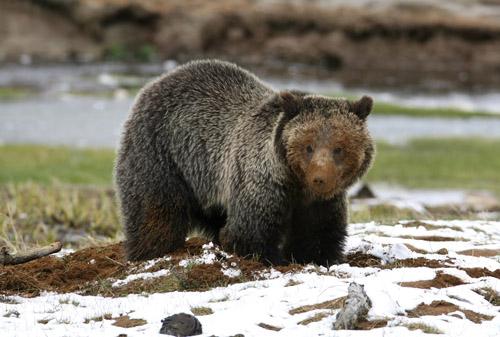
1. Grizzly bears sometimes wake up during migration and leave their dens. Does this mean that bears aren’t true hibernators?
No. Both grizzly and black bears are true hibernators. It was once thought that bears weren’t true hibernators because they didn’t fit the classic definition — a reduction in body temperature hovering around freezing. Bears reduce their body temperature by only about 12 degrees which means they are easily aroused while hibernating. But, unlike other hibernators bears don’t need to awaken during their winter slumber. Because ground squirrels and other animals hibernate at such low temperatures they need to increase their body temperature for a day or two every few weeks, otherwise they wouldn’t survive. Because a bear’s body temperature remains well above freezing they don’t have to wake up. And, unlike ground squirrels and other hibernators, bears don’t defecate or urinate during hibernation. Instead they recycle urea into proteins for maintaining muscles. Bears are now considered to be highly efficient hibernators.
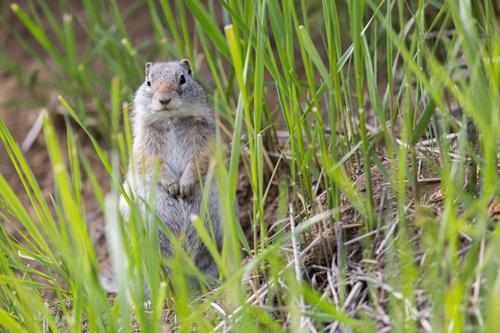
2. Ground squirrels and some bats hibernate, but which of these small mammals also spends the winter hibernating?
a. Yellow-bellied marmot b. Pika c. Badger d. Raccoon
If you answered A, you’re right. Both the yellow-bellied and the hoary marmot, along with other ground squirrels and chipmunks hibernate. (Tree squirrels remain active all year). Although pika, badgers, and raccoons spend much of the winter in underground burrows they don’t hibernate. Instead they go into periods of rest called torpor. Torpor is sort of a mini-hibernation that helps reduce the food they need during winter.
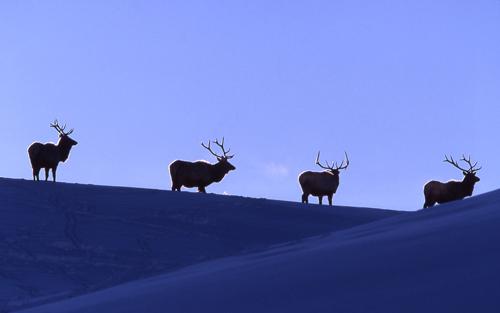
3. Everyone knows many of Montana’s birds migrate south for the winter, but do birds ever hibernate?
Yes. One species of bird in the world is known to hibernate, and it breeds in eastern Montana! The common poorwill, a small brown bird related to nighthawks, hibernates for weeks at a time in order to survive cold periods when insects are not active. Common poorwills may also migrate to the southern United States for the winter.
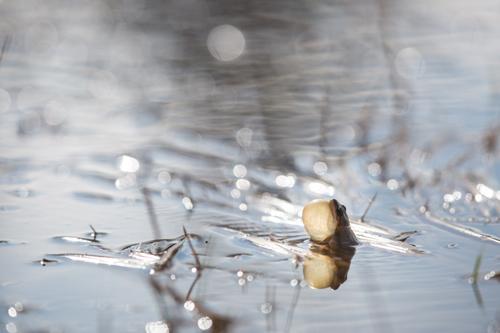
4. The classic “reeeek” call of male boreal chorus frogs is one of the first signs of spring, but what happens to them during the winter? Do they hibernate like some mammals do?
Sort of, but not quite. Hibernation in amphibians is called brumation. Unlike mammals, amphibians are ectothermic (cold-blooded) meaning they rely on their environment for heat so the physiological processes for overwintering are different. Unlike mammals, boreal chorus frogs and many other amphibians freeze nearly solid in winter, but they suffer no ill effects because of a protective substance called glycerol, a sugar produced by the liver. When the outside temperature warms, boreal chorus frogs are reanimated.
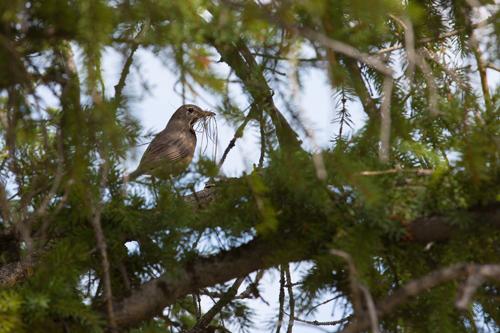
5. In some years robins are around all winter, but in other years they disappear. What’s the deal? Are robins migratory or not?
Yes and no. Robins are irregular migrators. In winter robins form small flocks and become nomadic. If there is enough food where they breed then they’ll remain resident, but if food is scarce they will migrate so don’t be surprised to see one in your backyard this winter, especially if you have a bird feeder.
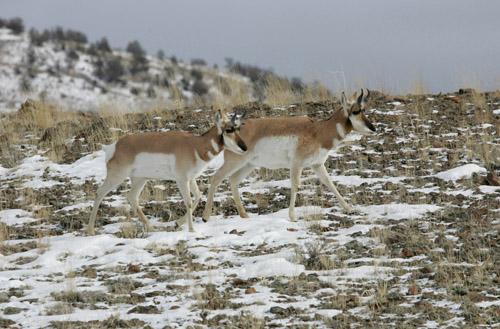
6. Africa is famous for the 300-500 mile migration of wildebeest in the Serengeti. Which of these Montana mammals migrates just as far?
a. Wolverine b. Pronghorn c. Elk d. Wolf
If you answered B, you’re right. Every year, pronghorn, the fastest land mammal in North America, migrate between 250 and 500 miles from southern Saskatchewan and Alberta to northern Montana. Like other ungulates elk also migrate, but wolves and wolverines do not although they can disperse great distances.
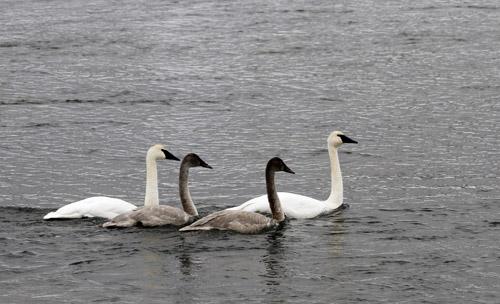
7. We know some birds like sandhill cranes migrate south for the winter, but do any birds migrate south to Montana for the winter?
a. Snowy owl b. Bohemian waxwing c. Trumpeter swan OR
d. No. Birds from the north skip right over Montana on their way south
If you answered a, b, and c, you’re right. It’s hard to imagine, but all three species migrate to Montana for the winter. Trumpeter swans breeding in Canada spend the winter feeding on submerged vegetation on Montana’s ice-free rivers and lakes. Snowy owls and bohemian waxwings breed in the far north, but migrate to Montana and other northern states in December. Some years hundreds of snowy owls migrate as far south as Texas in what is known as an irruption.
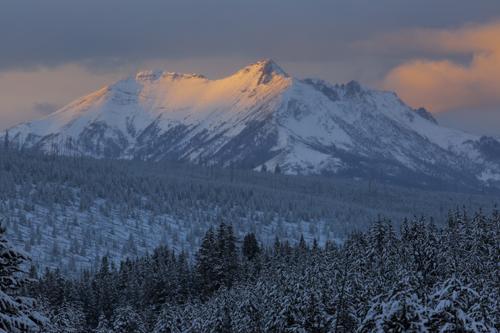

8. What is an anadromous fish and are there any in Montana?
Anadromous fish are those that migrate from the sea to spawn in freshwater. White sturgeon living in the Kootenai River in northern Montana were historically anadromous. Before the little ice age ended 11,000 years ago, white sturgeon migrated from the Pacific into Kootenai River between Troy and Libby, Montana — a journey of more than 700 miles made every spring. But retreating glaciers created an impassable waterfall leaving the population stranded. It’s the only known naturally occurring inland white sturgeon population in the United States (others were created by dams). The Kootenai River white sturgeon was listed as endangered in 1994.
These are just a few of the winter adaptations of Montana’s amazing wildlife. As you warm yourself with a hot cup of cocoa this winter, remember the many ways in which wildlife in Montana survive the harshest of seasons.
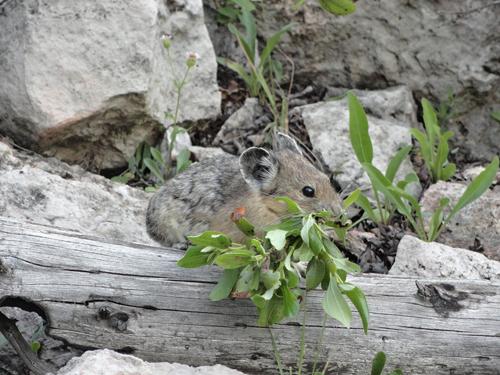
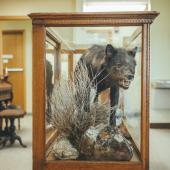
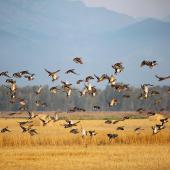


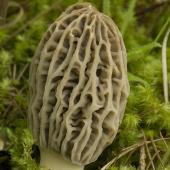
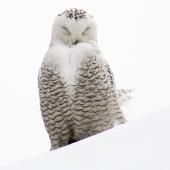

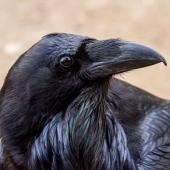
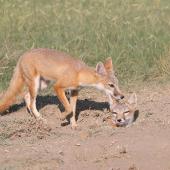
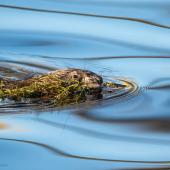

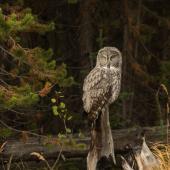
Leave a Comment Here